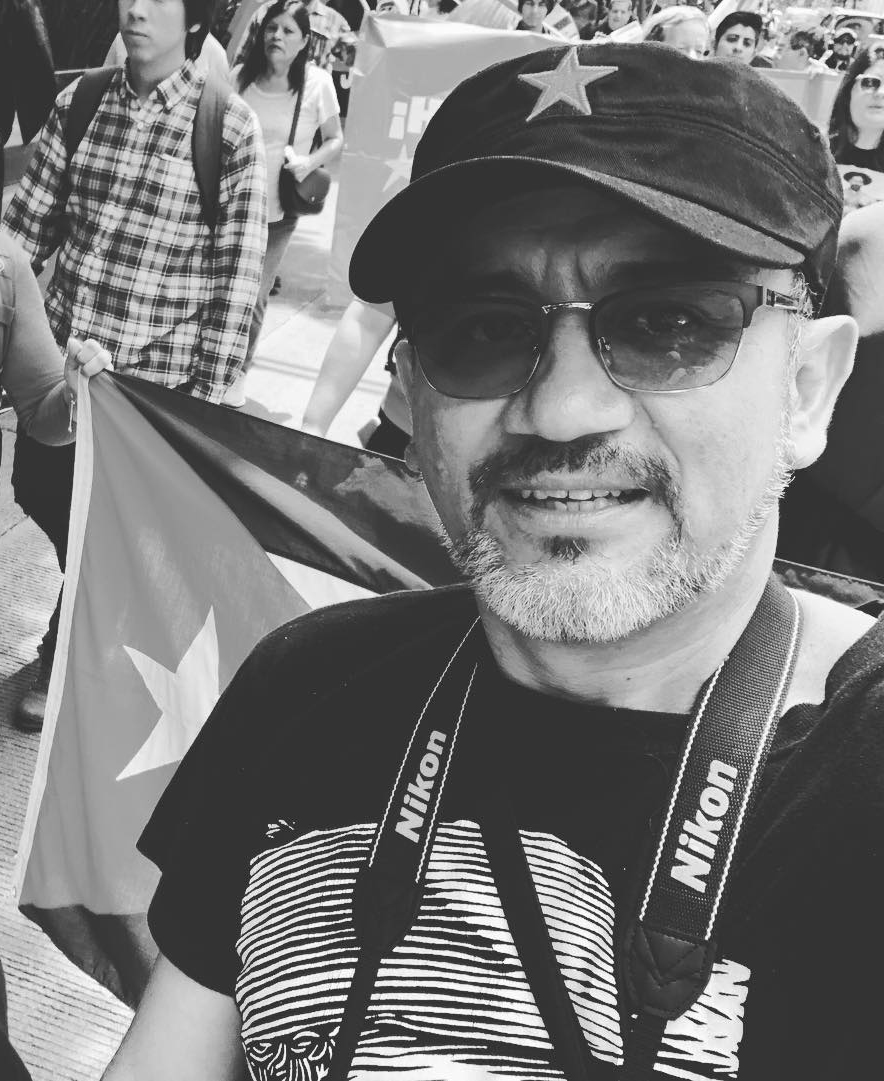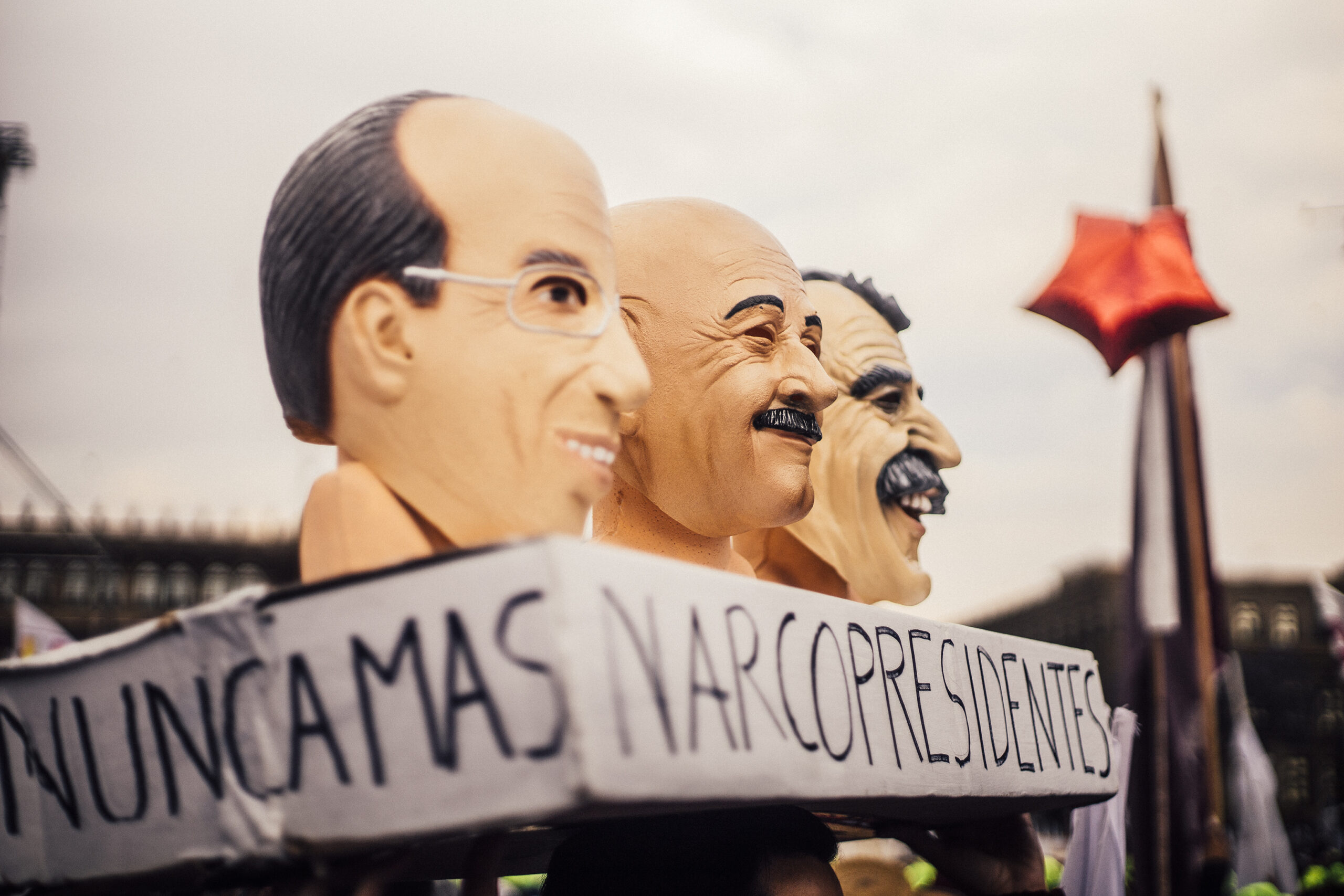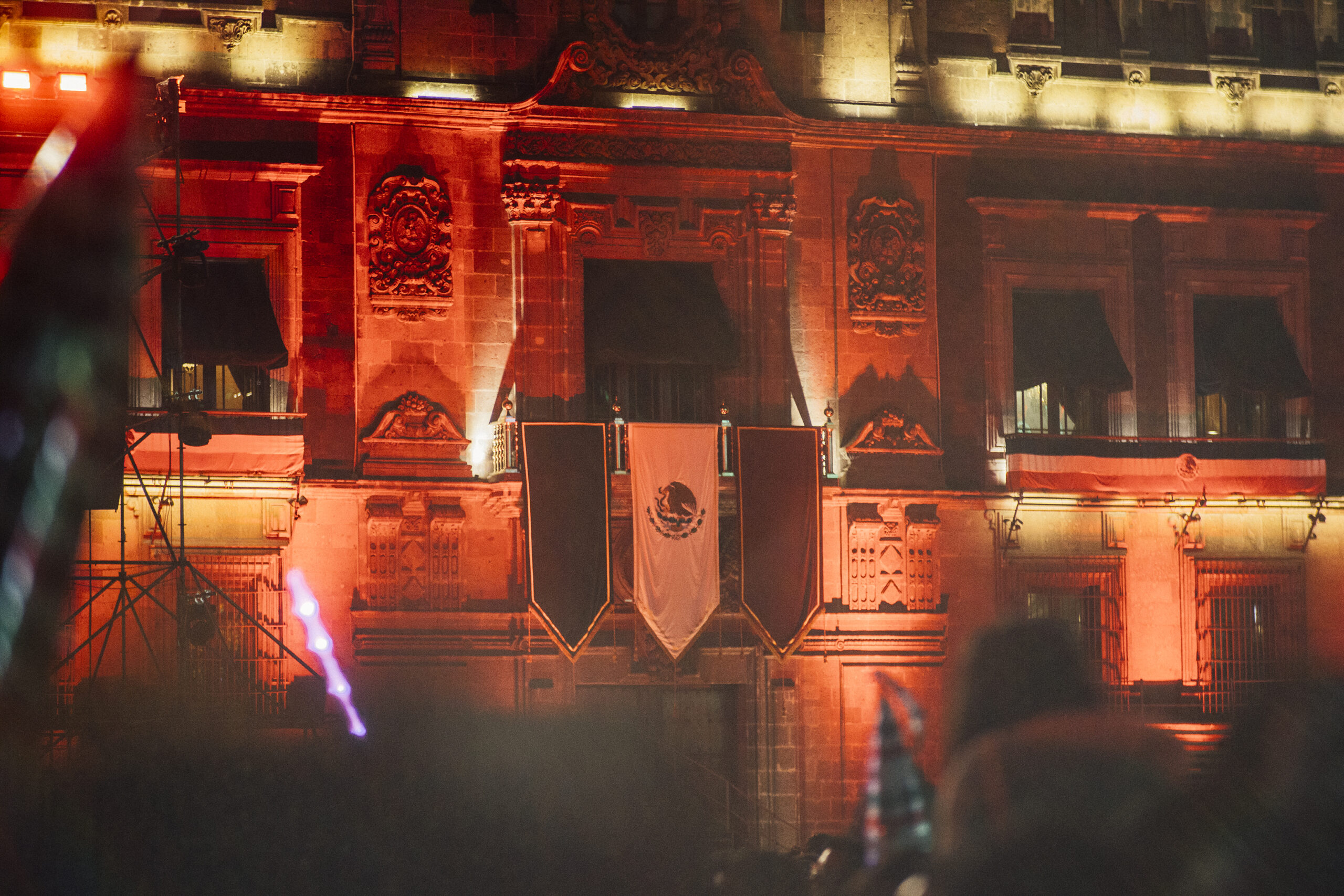Selection of the President, Mexican Style
How were Mexican presidents chosen? They were given the finger.
The second finger, not the third. In our interview, Diego Torres tells us that a sitting president would handpick his choice to succeed him in a non-process sarcastically called the dedazo, from dedo or finger. Dedazo was used during the 70-year rule of the PRI party.
If any one party remains in power for 70 years, that should raise a few eyebrows about how democratic the electoral system is. But these days, it seems the single criterion of democracy is whether an election is held or not. It doesn’t matter if the candidate and the outcome are predetermined, or if the candidate promises to exploit the commoners to benefit the elite. In México’s past elections, should the chosen one not get a majority of the popular vote, many tried and true methods were available, euphemistically called “irregularities,” to ensure the desired outcome.
In 2018, AMLO became the closest that México has ever come to a president elected by the people. PRI president Peña-Nieto had aroused tremendous anger among the people, and AMLO won by such an overwhelming margin that no “irregularities” could hide the truth. With their growing electoral successes, Morena has been experimenting with new ways to select their next presidential candidate. The popular poll that chose Claudia Sheinbaum as the Morena candidate to succeed AMLO is a far cry from the dedazo — but it was more a reaction to a particular situation than a needed reform.
There’s no magic formula for achieving democracy. The people — through the ballot and in the streets — must keep pushing for new ways to ensure that candidates and presidents don’t give the second finger to an elite candidate, while giving the third finger to the nation’s people.

Diego Alfredo Torres Rosete is a native of México City who lived in the US as an economic migrant for 20 years. He learned about the Morena party and supported it from the US. After experiencing deportation, detention and a denial of political asylum, he returned to México City where he went to work for Morena’s secretariat for Mexicans Abroad and International Policy. He’s now an independent journalist, a defender of immigrant rights in the US, and a worker for international solidarity.
In the US, we’ve had two and only two major parties throughout our history, with other small parties arising from time to time. What’s the party system like in México?
The PRI is the oldest political party, and ruled for 70 years, from its founding in 1929 until 2000. The second oldest party is the PAN, formed in 1939. There have been myriad other parties historically to the left and right of PRI. Like the US, we have not had coalition governments as in other parts of the world. Things got more interesting starting in 1988, when progressives, including Andres Manuel Lopez Obrador (AMLO), broke away from the PRI and formed the PRD. AMLO became the PRD presidential candidate in 2006. But in 2011 he began to have serious differences with the PRD when it allied with the conservative PAN party. AMLO nearly quit; he formed a non-profit which became a base-building space for what later became Morena. However, in 2012 he did become the PRD candidate again.
In 2014, Morena became a party, at first serving merely as an electoral vehicle for AMLO. With his victory in 2018 and the increasing success of Morena in subsequent elections, Morena is still figuring out how to be a political party of a new type in Mexican history.

Candidates for president in the US are chosen by party “primaries.” Anyone can run, and party members — and only party members — vote to pick the candidate. How are candidates chosen in México?
The traditional method for choosing the candidate we call the dedazo, from the Spanish dedo, meaning finger. The outgoing president would point to the person he wanted to succeed him. Simple! For 70 years, each president was selected by his predecessor.
This method didn’t change until the PRD used an internal party poll in 2012 to choose between AMLO and Marcel Ebrard; both had seemingly equal support.
In the recently completed nomination process for 2024, AMLO clearly rejected the undemocratic dedazo method; he wanted the Morena candidate to be chosen by the people. While some claim that Claudia Sheinbaum was his favored candidate, whether true or not, he made no effort to promote her candidacy above the others.
Because of internal problems within Morena, the party decided that a public poll in which everyone could vote, regardless of political affiliation or lack of one, administered by a neutral polling group, was the best solution. Not to look less democratic, the conservative opposition coalition used the same method.
Using the dedazo, one person decides. In choosing the 2024 Morena candidate, 12,500 people selected the nominee.
Mexico has no Vice President. Why?
We had vice presidents after independence from Spain, but in Mexican history, the two top leaders were often in conflict — including assassinations. The vice president was usually a leader who thought they should be president. So, in 1917 after the Revolution, the Constitution was amended to abolish the position of vice president.

Who can vote, and what has been the rate of voter participation?
Anyone over the age of 18 can vote, but they must register. US Mexicanos, even those born in the US, are eligible to vote if their parents were born in México. Unfortunately, few take advantage of that opportunity, and it’s something that Morena needs to address.
Voter participation has taken a huge jump. In the 2006 election, 71 million people registered to vote and about 41 million voted. Felipe Calderon, in a controversial and extremely close result, won the election. He had a lead of only 0.6% of the vote (or 243,934 votes).
In the 2012 election, 77 million people registered to vote and 49 million voted, with 19 million (according to the official tally, which had serious irregularities) going for Peña-Nieto, and 16 million for AMLO.
In 2018, 90 million people registered, and 56 million people voted — AMLO won with over 30 million votes. The number of registered voters and the number actually voting skyrocketed between 2006 and 2018.
The US has an electoral college, so voters are actually voting for an elector. Is that true in México?
No, voters choose the president directly, and he/she wins by a plurality of votes. The president can only serve a single six-year term.
What about money in politics? Are there limits to what individuals or businesses can donate to a candidate’s campaign?
Political parties and campaigns receive money from the government in proportion to the number of votes they received. For example, since Morena had twice as many votes as PAN in the 2018 election, they receive twice as much money for their party expenses. The parties also receive extra for electoral campaigns.
The law is that each party can raise privately no more than the amount they receive from the government. But campaigns cost more than what parties are allotted and are allowed to raise. So it’s difficult to stay within the law.
Defense of Mexico’s electoral commission, the INE, became a rallying cry for AMLO’s opposition. Why all the fuss?
The INE’s purpose is simply to run elections. But INE members are wedded to the old system, and they don’t like the way AMLO has run the government. For one thing, he has said that no one in government can make more money than the president, and he cut his salary by 60% from his predecessor (he makes about $5,700/month US). INE officials still make far more than that and are among the highest paid government employees.
In order to punish AMLO, the INE disqualified two Morena candidates from running for office over minor infractions of the campaign spending rules. On the other hand, it is well known that Peña-Nieto vastly overspent in his 2012 campaign, and the INE looked the other way. The INE President had also made public political statements against AMLO, which is outside of INE’s function.
Do you think that history will see 2018 as a turning point for democratizing elections in México?
2018 was notable for sure. But 2024 and the next six years are even more important — and we won’t have AMLO. The 4T will keep going because much of the groundwork has been laid: the Tren Maya is nearly complete, the Dos Bocas oil refinery, new social programs. But now, we’ll have to start confronting the problems not addressed under AMLO.
The next president’s term will be either the beginning of the end of the democratization of Mexican politics, or the consolidation of the gains made during AMLO’s term. If we consolidate, 2018 will be remembered as México entering a new era. If we backslide, by the 2030 election no one will remember 2018.

